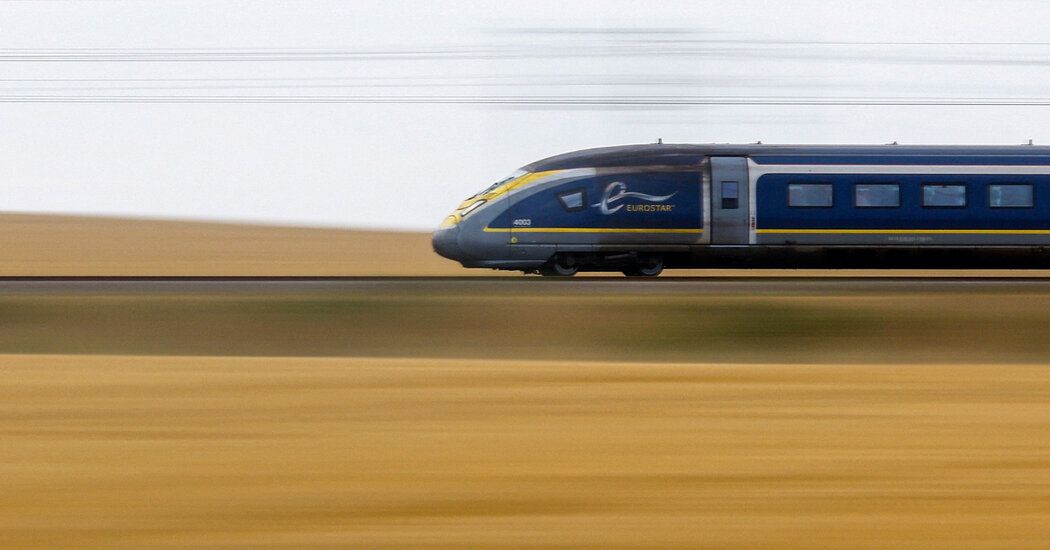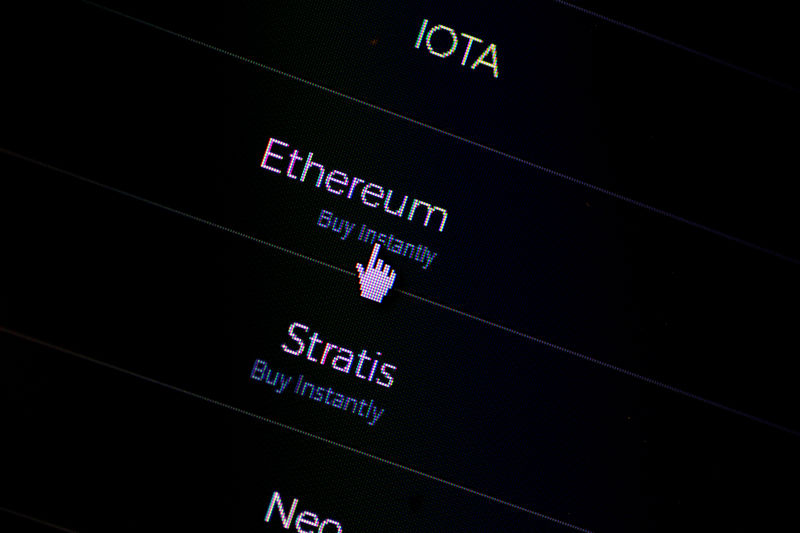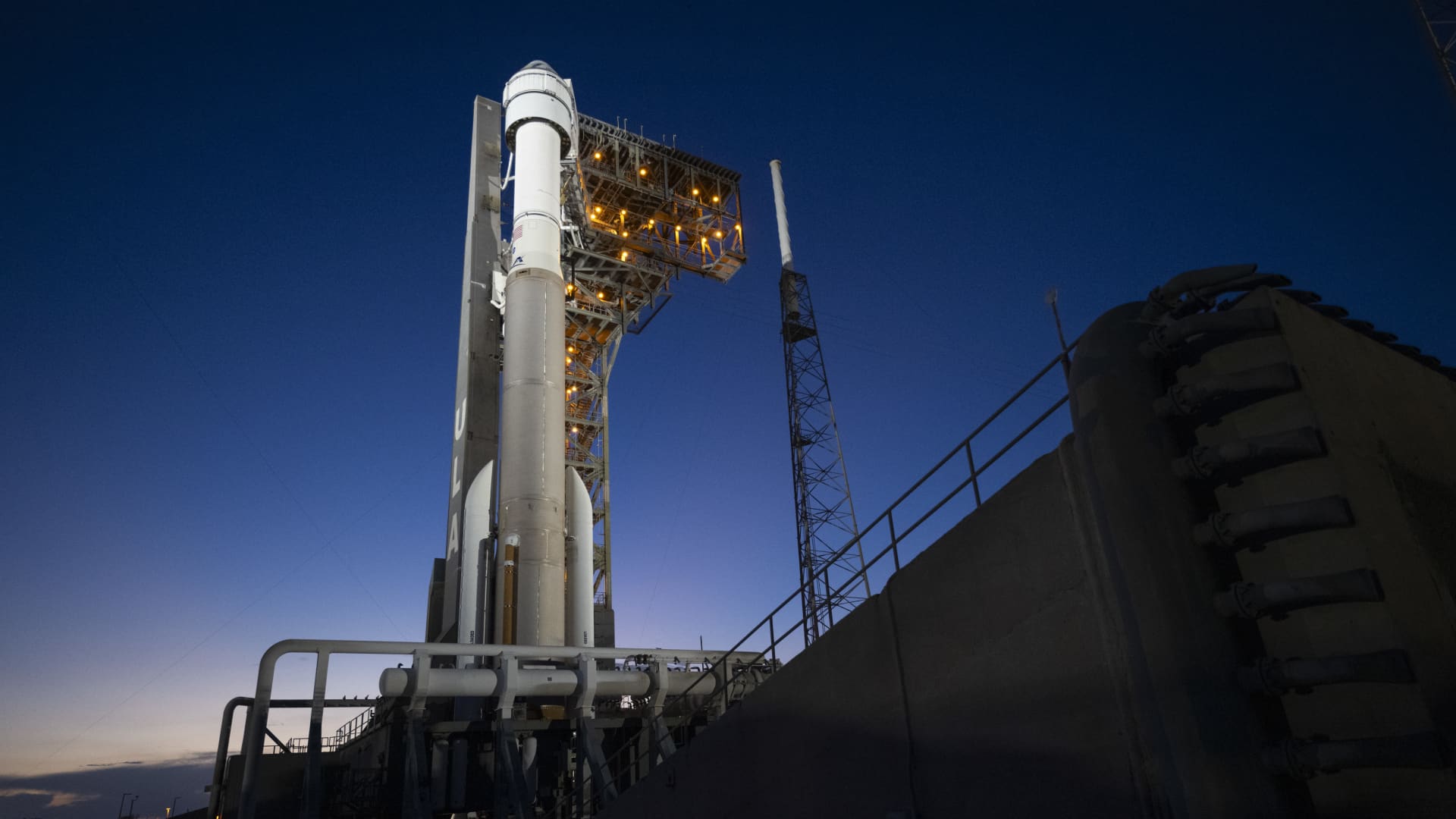National railways are also involved.
In September, German Transport Minister Volker Wissing promised to release 40 billion euros, about $43.6 billion, to revitalize the country’s rail network. “Rail infrastructure has been neglected for decades and pushed to its absolute limits,” Dr Wissing said in a statement. “This is no longer acceptable or unworthy of a progressive economic nation. “We need rail as a climate-friendly means of transportation.”
In Spain, the government has very successfully opened its high-speed rail network to private competition. And national rail operator Renfe recently started direct services between Madrid and the French coastal city of Marseille, and between Barcelona and Lyon, France.
And in France, President Emmanuel Macron promised in 2020 to revitalize the country’s rail network to promote the country’s “ecological transition.” Night services have recently restarted between Paris and Nice, Paris and Vienna, and Paris and Aurillac, in the south.
Paris also now enjoys a direct overnight service to and from Berlin, the result of a collaboration between the national railway companies of France, Germany, Belgium and Austria. French Transport Minister Clément Beaune was among those aboard the inaugural train, which arrived at Paris’ Gare de l’Est on the morning of December 12.
“It was magnificent,” Beaune told a journalist waiting to greet him on the platform. “It’s a symbol we need right now.”
Paige McClanahan, a frequent contributor to the Travel section, is the author of “The New Tourist: Awakening to the Power and Dangers of Travel.” Coming from Scribner in June 2024.
Follow the travels of the New York Times in instagram and Subscribe to our weekly Travel Dispatch newsletter for expert tips on how to travel smarter and inspiration for your next vacation. Are you dreaming of a future getaway or simply traveling from an armchair? Take a look at our 52 places to go in 2023.








